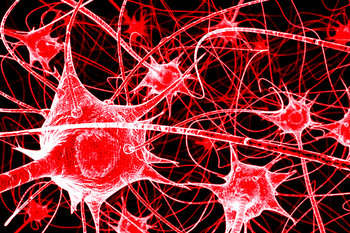
Chaos Theory
Chaos theory is the ability for a single element to completely change the future of a system. This is one of the reasons that systems can't understood with analysis -- the process of breaking things down into their component parts to try to understand them. For example, a single American youth could someday become president of the United States such that they may transform the future of the world in some way. This makes systems difficult to predict such that changes to systems are also difficult to predict.First Principles
First principles are theories with broad explanatory power that you know to be true or hold to be true. For example, the principle that environmental restoration involves returning an ecosystem closer to its original pristine state. This may seem obvious or simplistic but is broadly applicable in solving environment problems.Elegance
Elegance is the simplicity on the other side of complexity. The ability to see elegant solutions is a hallmark of systems thinking. For example, a solution to ocean plastic such as making all firms that produce plastic products or packaging responsible and accountable for retrieving and recycling those materials. This is known as extended producer responsibility.| Overview: Systems Perspective | ||
Type | ||
Definition | The use of systems theory and systems thinking to formulate ideas, solve a problem or make a decision. | |
Related Concepts | ||




























